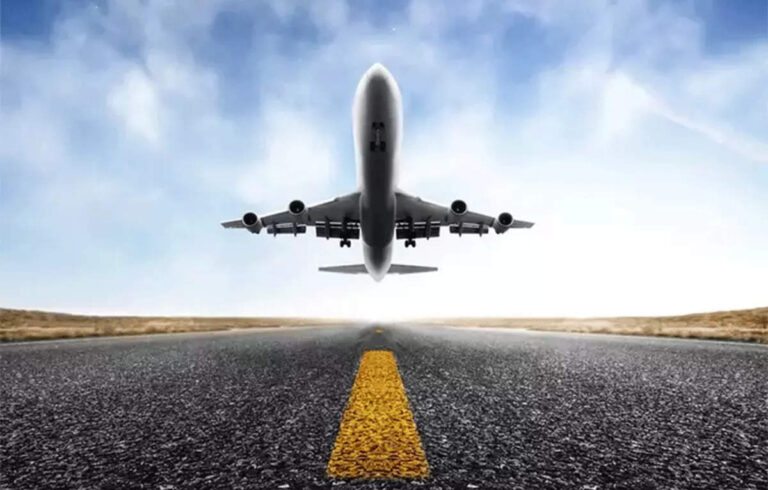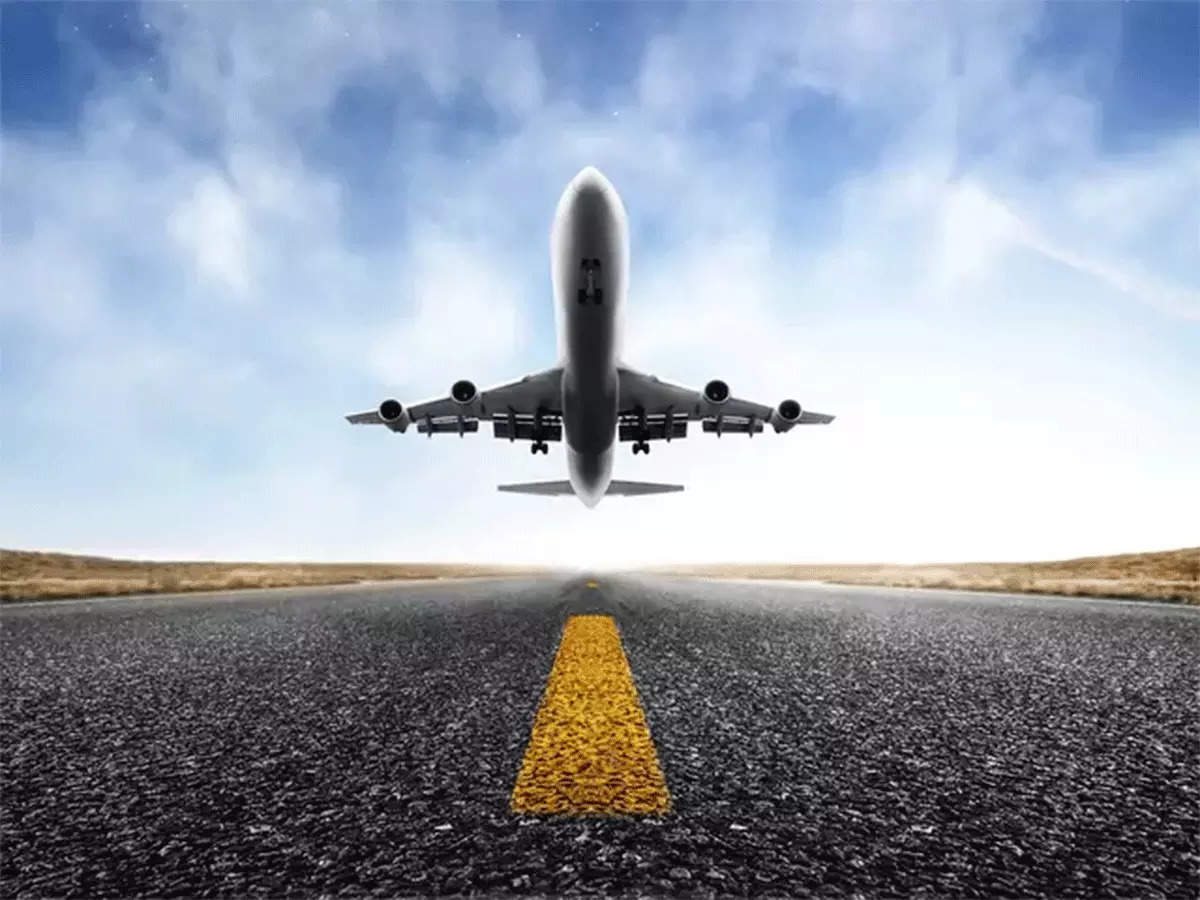
[ad_1]

Yet again, promising strides in passenger demand is witnessed during October, signifying a continued resurgence in air travel, revealed the recent statistics by International Air Transport Association (IATA)
Throughout October 2023, global air traffic surged by 31.2 per cent compared to the same period in 2022, as measured by revenue passenger kilometers (RPKs). This notable increase brought global traffic soaring to 98.2 per cent of pre-Covid levels, indicating a substantial rebound in the aviation sector.
Domestic air travel took a leap, showing a 33.7 per cent increase in October compared to the preceding year. This substantial growth was notably propelled by an exceptional triple-digit surge in China, surpassing even the air travel figures recorded in October 2019 by 4.8 per cent.
Meanwhile, international air travel exhibited a robust recovery, climbing by 29.7 per cent compared to the previous year. Despite this recovery, international RPKs reached 94.4 per cent of the levels seen in October 2019, signifying that while progress is evident, international demand is still on a slower trajectory to full recovery.
IATA’s Director General, Willie Walsh, expressed his observations on this trend. He highlighted the surpassing of pre-Covid levels in domestic markets while noting a slower pace in international demand’s resurgence. Specifically, the Asia Pacific region‘s international demand remained 19.5 per cent below 2019 levels. This discrepancy, according to Walsh, might be attributed to delayed easing of Covid restrictions in some parts of the region, alongside commercial developments and political tensions in specific areas.
Passenger market performance across regions
Asia-Pacific airlines led the charge with a 80.3 per cent increase in October 2023 traffic compared to the same period in 2022. Both capacity and load factor showcased substantial improvements, indicating a robust recovery in the region.
European carriers observed a 16.1 per cent rise in traffic in October 2023, accompanied by slight increases in both capacity and load factor.Middle Eastern airlines reported a 24.1 per cent surge in October 2023 traffic compared to the previous year. Despite regional conflicts, their operations remained relatively unaffected at the global level.
North American carriers marked a 17.5 per cent upswing in traffic during October 2023 compared to the same period in 2022, demonstrating stability in both capacity and load factor.
Latin American airlines recorded a notable 21.2 per cent increase in traffic, although the simultaneous increase in capacity resulted in a slight dip in the load factor, which remained the highest among all regions.
African airlines experienced a substantial 25.3 per cent surge in traffic during October 2023 compared to a year ago. However, increased capacity led to a decline in load factor, marking the lowest among all regions.
“People assign a high value to the freedom to travel. The strong demand we’ve seen all year confirms that. And aviation is committed to ensuring that people can continue to enjoy this freedom. To do that in the long-term, we must also meet our commitment to achieve net zero carbon emissions by 2050,” said Walsh.
“Last month, the Third Conference on Aviation Alternative Fuels (CAAF/3) agreed on a global framework to promote Sustainable Aviation Fuel (SAF) production with the aim that aviation fuel in 2030 is 5 per cent less carbon intensive than fossil fuel used today. Now, governments need to support that target by immediately putting in place policies to stimulate SAF production. It bears repeating: last year, every drop of SAF that was produced was purchased. The same thing will occur this year. But, with a few notable exceptions, governments are not living up to their obligations to ensure SAF is plentiful and affordable to support the industry’s energy transition,” added Walsh.
[ad_2]
Source link


